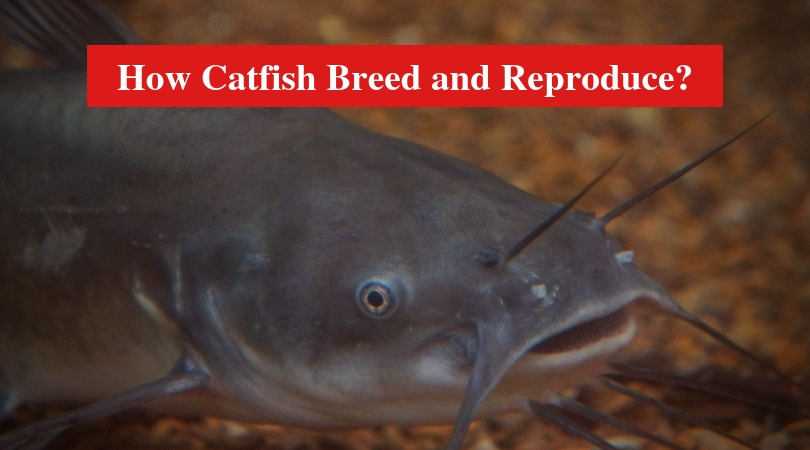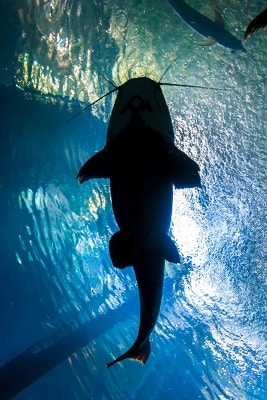
Catfish have a high commercial value in the market. They are sought after by consumers who visit the fish markets to buy freshwater catfish. They are also known to reproduce in large numbers to sustain the population of catfish against demand.
How Catfish Breed and Reproduce?
Catfish have been studied by scientists and farmers to understand how they reproduce, the best conditions that can support reproduction in catfish and other ways to improve the quality of the fish.
Growing catfish in artificial ponds
Catfish have been successfully grown in artificial ponds; however, the results depend on the following factors
The water quality
It is essential that the water used in artificial ponds for catfish is safe for the fish and perfect to allow the catfish to thrive. If there are pollutants in the water or other types of contamination, the catfish may not grow up to expectation. It is also possible that contaminated water can cause the majority of the catfish to die. It is therefore that the water is properly tested to ensure it is safe for the fish.
Water temperature
The temperature should also be adequate to enable the fish to survive. If the water is too hot or cold, the catfish may experience difficulty in feeding and breeding.
Feeding
Catfish eat a lot, so there should be adequate food to sustain normal growth of the fish.
Catfish migrate to areas with weeds and brush piles to spawn. The females lay as many as one hundred thousand eggs or more during the spawning season. They choose a secluded area for spawning to protect the fingerlings from predators after hatching. After laying the eggs, a male catfish completes the fertilization by spraying his sperm over the eggs. If the water temperature is right, the eggs will hatch in about ten days after they have been fertilized by the male catfish.
Catfish are known to spawn about eight times or more every year. This happens early spring season; the spawning cycle starts from May until it is complete. The frequency is more when the female is fully matured with well-developed ovaries in which the eggs are produced shortly before spawning. The fry (newly hatched catfish) need to be close to a source of food if they must survive. The fry will need to eat consistently over a long period to attain a standard weight and length when matured. However, many of the fry are eaten by predators in the water, but some survive.
In an artificial pond, the fry have more chances of survival because the farmers ensure they are in a safe space and protected from any predators or bigger fish in the water. Averagely, catfish can grow to adult size in about eighteen months. This is not a standard because well-fed fish can grow faster and bigger depending on the quality of food.
In the right conditions, catfish can have a complete reproductive cycle that lasts for almost one year, which means the population can be sustained to meet commercial demand.
Related:
